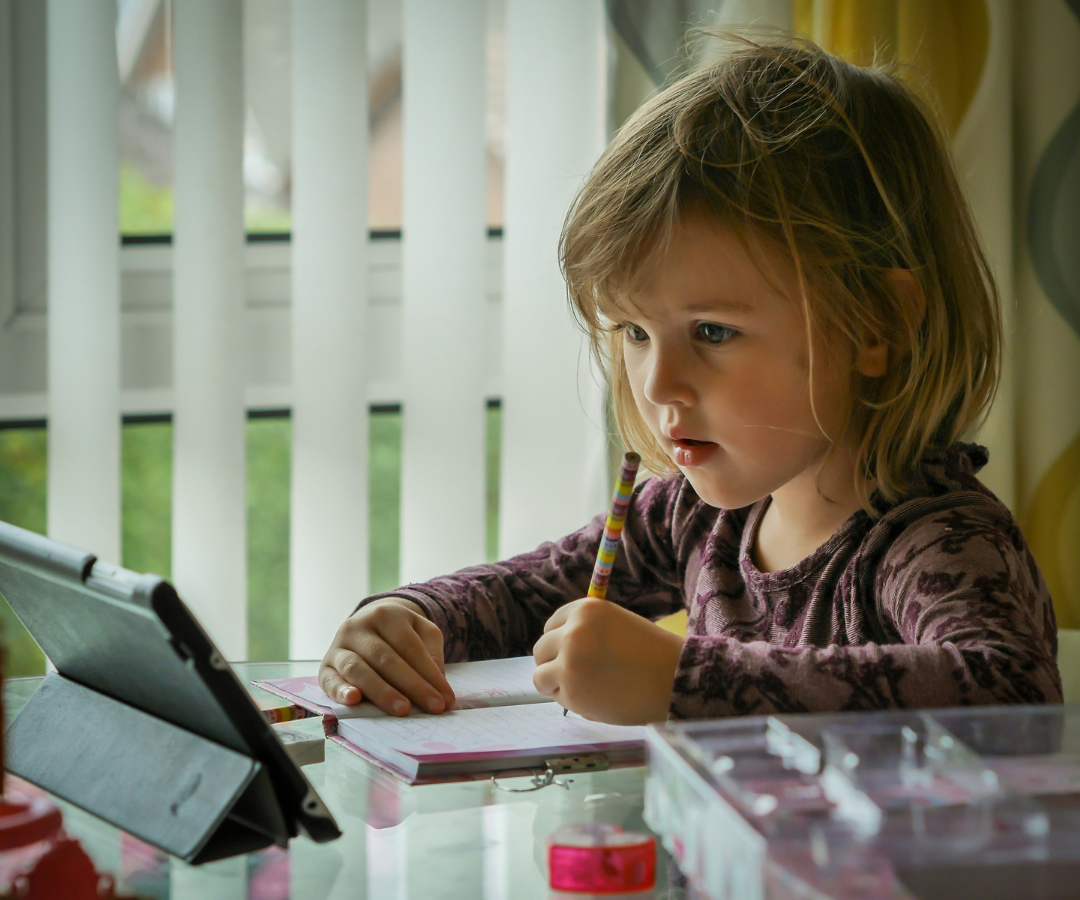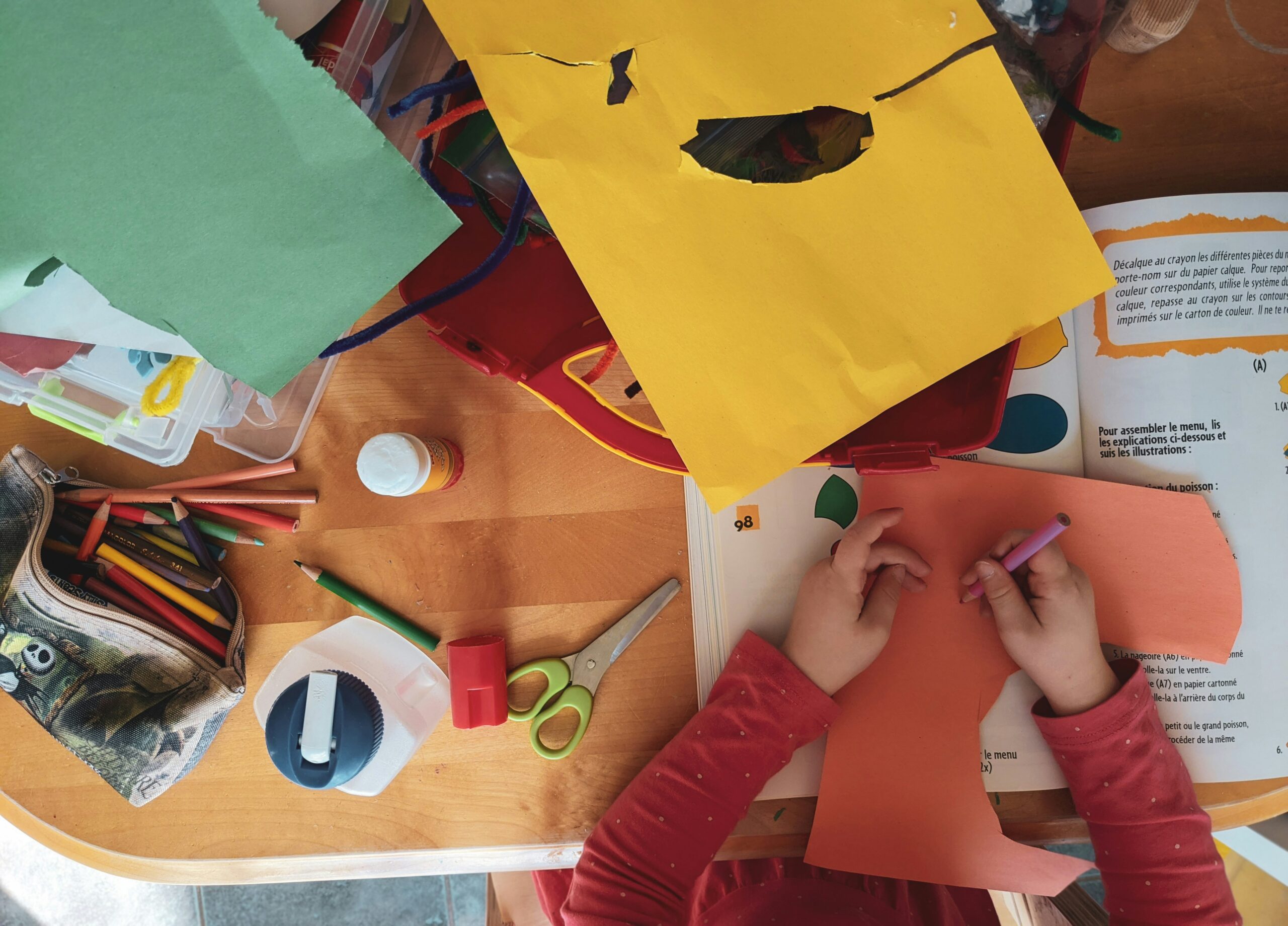As the world continues to expand its abilities to connect with other people, so has our ability as therapists to connect with you in ways that are flexible, effective, and fun! Virtual visits are a great method of speech-language services that ensure your child’s ability to make progress on their communication goals, while simultaneously supporting your family navigating busy schedules and lives.
What can be accomplished virtually?
There are a variety of benefits that a virtual visit can provide, much like in-person visits:
- Assessments: Standardized assessments to determine the diagnosis of potential speech-language delays, as well as implementation of a comprehensive treatment plan are entirely achievable by meeting virtually. Virtual assessment sessions usually include a combination of standardized testing, particularly if your child is of age to participate. Another effective measure is parent interview, hearing from you exactly what your concerns and observations are of your child in their home environment.
- Treatment: Virtual speech therapy sessions can be designed to meet the communication-specific needs of your child. Whether it is articulation, expressive/receptive language, social/pragmatic skills, or related areas, tasks developed through various online games, interactive stories, and songs/videos help support the progress of your child. Not to mention, they are designed to be fun and engaging so that your child will want to continue to attend these virtual visits!
- Parent Education and Collaboration: Parents are just as important to the process of speech-language development as the therapists that work with your child. Virtual visits allow for private, constructive conversations to give parents suggestions, resources, and in-the-moment opportunities to demonstrate language facilitation strategies with their children right in the comfort of their own home!
So what now?
If your child might need a little guidance in speech and language, receiving services virtually is an effective way to support the communication journey of your child. SmallTalk offers virtual sessions all-week long, including several therapists, like me, who have dedicated an entire day to virtual sessions to connect with more families around the San Diego community. Please consider giving it a try – I hope to see you online!
By Alex Maloney, SLP









